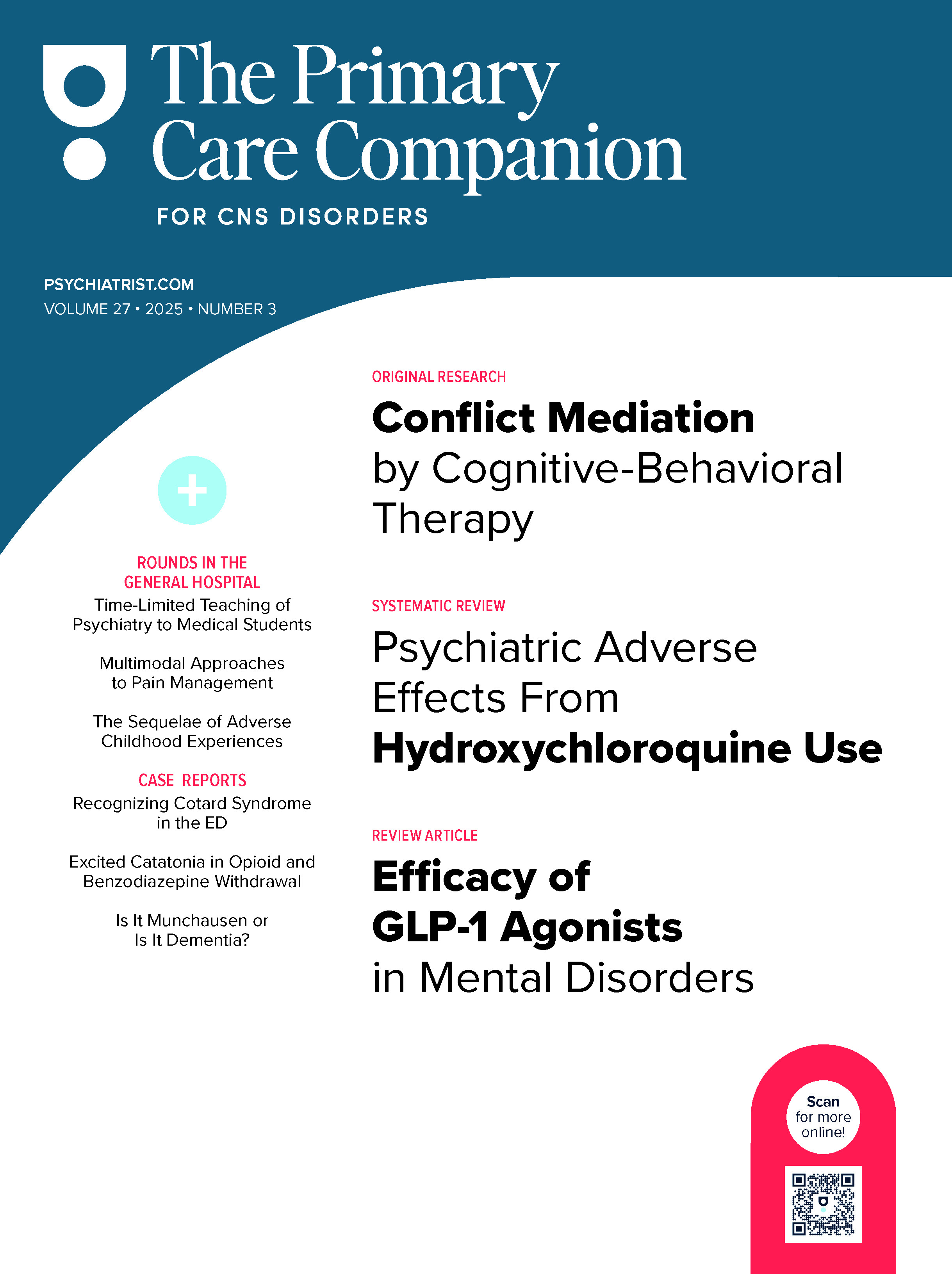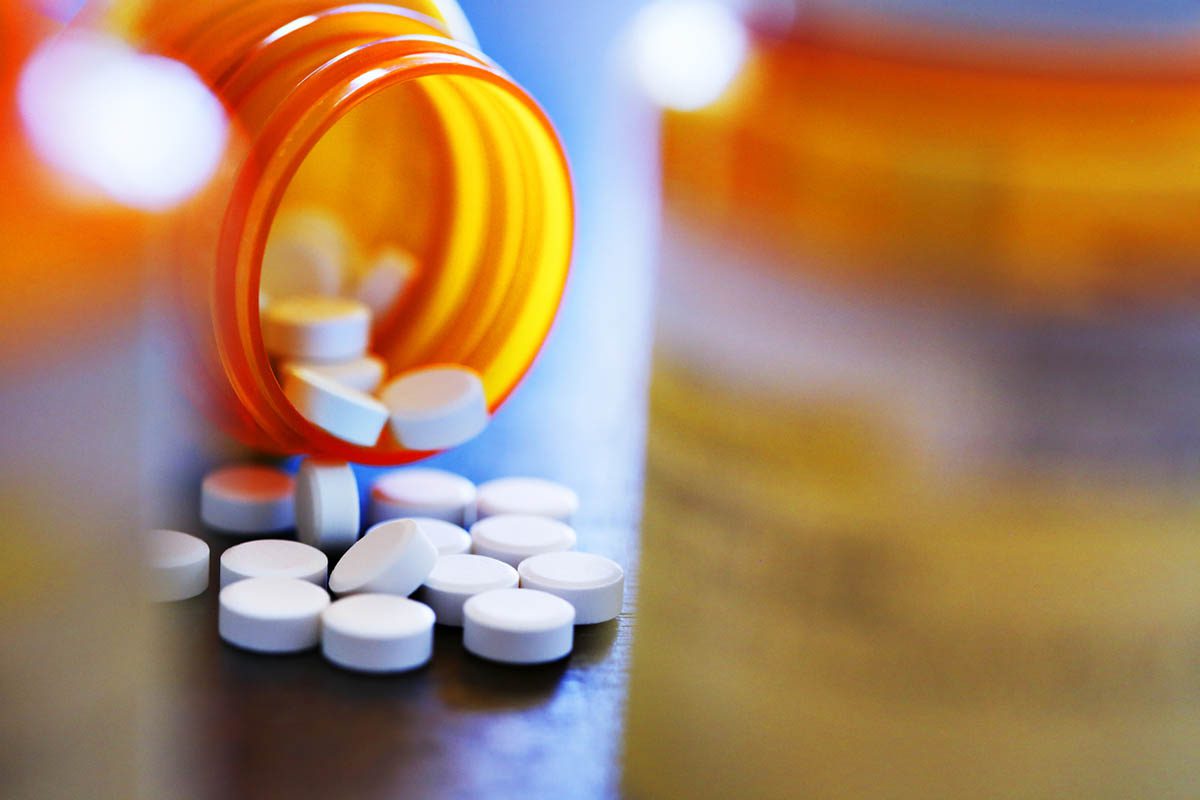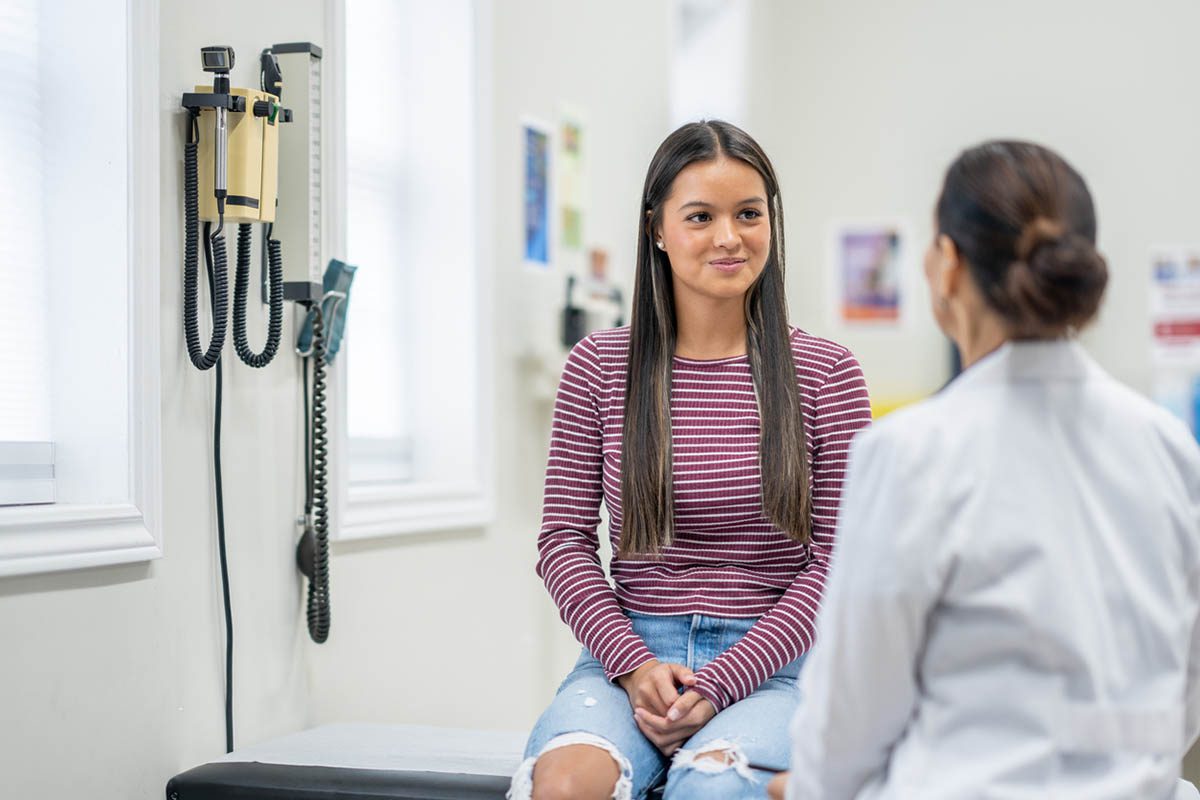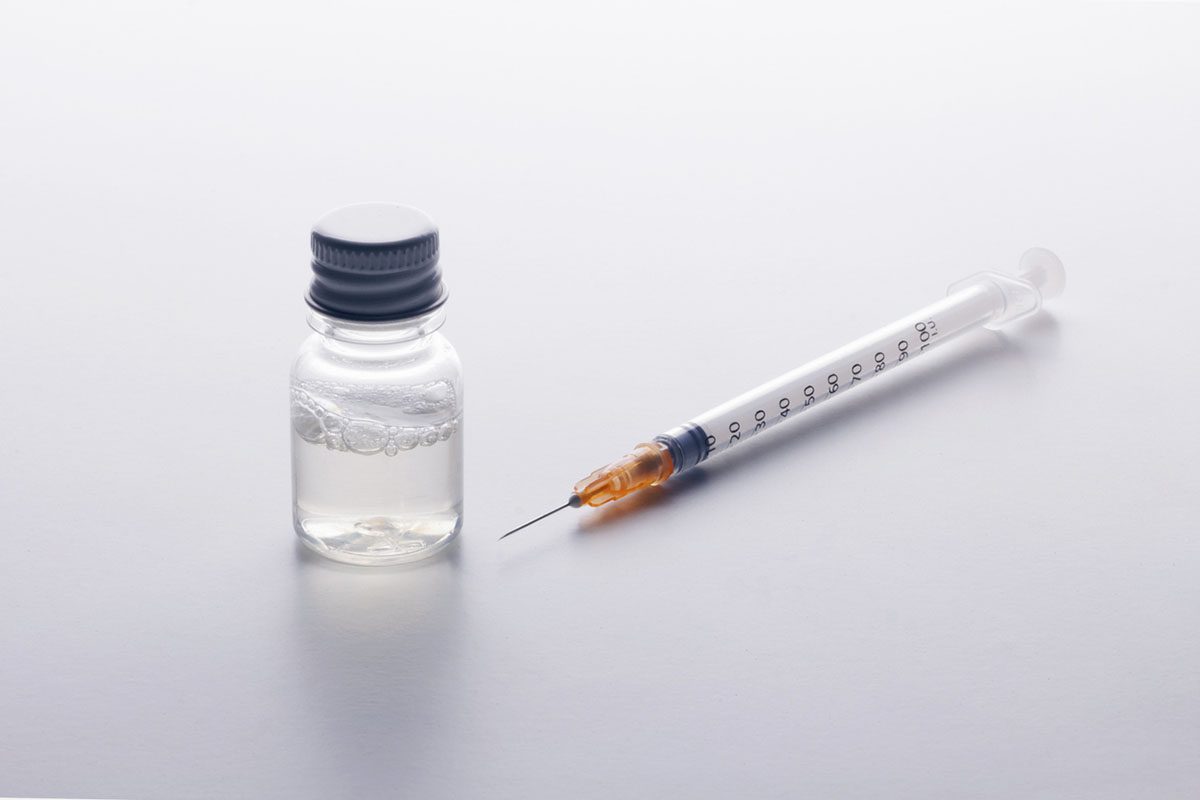Prim Care Companion CNS Disord 2022;24(2):21l03200
To cite: Modesto-Lowe V, Wasicek B. Hiding in plain sight: the hidden curriculum in addiction training. Prim Care Companion CNS Disord. 2022;24(2):21l03200.
To share: https://doi.org/10.4088/PCC.21l03200
© Copyright 2022 Physicians Postgraduate Press, Inc.
aUniversity of Connecticut School of Medicine, Farmington, Connecticut
*Corresponding author: Vania Modesto-Lowe, MD, MPH, UCHC Health Center, 263 Farmington Ave, Farmington, CT 06457 ([email protected]).
See article by Sundaresh et al
To the Editor: Stigma refers to “a mark of disgrace,” and its use has always implied a kind of permanence.1 Branding of the face with various letters was used as a punishment from antiquity all the way through 19th century England. Now, while we no longer mark vagabonds and thieves in this fashion, stigma still is very much alive. In the case of persons with substance use disorders (SUDs), it has been widely documented, and physicians are not immune.2 Available data on the attitudes of primary care physicians (PCPs) toward individuals with opioid use disorder (OUD) reveal that PCPs consider these individuals dangerous and desire social distance from them.3 The degree of stigma correlated inversely with the likelihood of considering standard care for these patients.3
To be fair, patients with SUD present with multifaceted biopsychosocial problems that are often difficult to treat.2,3 Some of these patients may feign symptoms to access controlled medications. In response, many practitioners reflexively view them as persona non grata.2 Indeed, knowledge that a person drinks heavily may decrease ratings of a patient’s likability even prior to the first interview.2 When this happens, the authenticity of patient-reported symptoms may be called into question, complicating care.
One recent study by Sundaresh et al4 published in the PCC evaluated the effects of training in reducing SUD stigma among medical residents. Participants learned about effective treatments and heard stories from patients in recovery. The variable of interest was the Medical Condition Regard Scale, which measures the extent to which a respondent perceives individuals with a given disease to be likable, treatable, and deserving of medical resources.2 Of note, there was statistically significant improvements in this measure after the training, which persisted for 6 months. The authors4 attributed this improvement to direct contact with peers and family who shared stories of suffering and recovery addressing the “hidden curriculum” in addiction. Although this concept remains ambiguous, it generally refers to the unwritten, informal teachings that trainees learn for better or worse from mentors. One study3 found that one-third of PCPs did not believe in the effectiveness of pharmacotherapy for OUD despite strong empirical evidence to the contrary. Such beliefs may affect clinical decisions, often in ways that may worsen patient outcomes.3 The SUD population exhibits significant gaps in preventive care and carries serious medical and psychiatric comorbidities that may go untreated.3 As awareness of the hidden curriculum and its effects has increased, so has interest in mitigating it.2
Additional efforts to increase addiction literacy include public health campaigns, attending of Alcohol Anonymous meetings by trainees, and the use of neutral language toward these patients.3 These strategies convey a more favorable prognosis and highlight the availability of effective treatments.3,5,6 Contemporary views also endorse addiction as a treatable, chronic disease involving interactions among genetics, brain circuitry, and environmental and personal variables.6 However, these efforts pale relative to widespread bias against these patients, and more needs to be done by the clinical and research community to effect cultural change.
Dr Sundaresh was shown this letter and declined to comment.
Published online: March 24, 2022.
Relevant financial relationships: None.
Funding/support: None.
References (6)

- Jones CP. Stigma: tattooing and branding in Graeco-Roman antiquity. J Roman Stud. 1987;77:139–155. CrossRef
- Christison GW, Haviland MG, Riggs ML. The Medical Condition Regard Scale: measuring reactions to diagnoses. Acad Med. 2002;77(3):257–262. PubMed CrossRef
- Stone EM, Kennedy-Hendricks A, Barry CL, et al. The role of stigma in US primary care physicians’ treatment of opioid use disorder. Drug Alcohol Depend. 2021;221:108627. PubMed CrossRef
- Sundaresh S, Appel G, Ho K, et al. Demonstrating the efficacy of incorporating peers into addiction training for internal medicine residents. Prim Care Companion CNS Disord. 2021;23(5):20m02875. PubMed CrossRef
- Smith DE. The process addictions and the new ASAM definition of addiction. J Psychoactive Drugs. 2012;44(1):1–4. PubMed CrossRef
- Modesto-Lowe V, Swiezbin K, Chaplin M, et al. Use and misuse of opioid agonists in opioid addiction. Cleve Clin J Med. 2017;84(5):377–384. PubMed CrossRef




